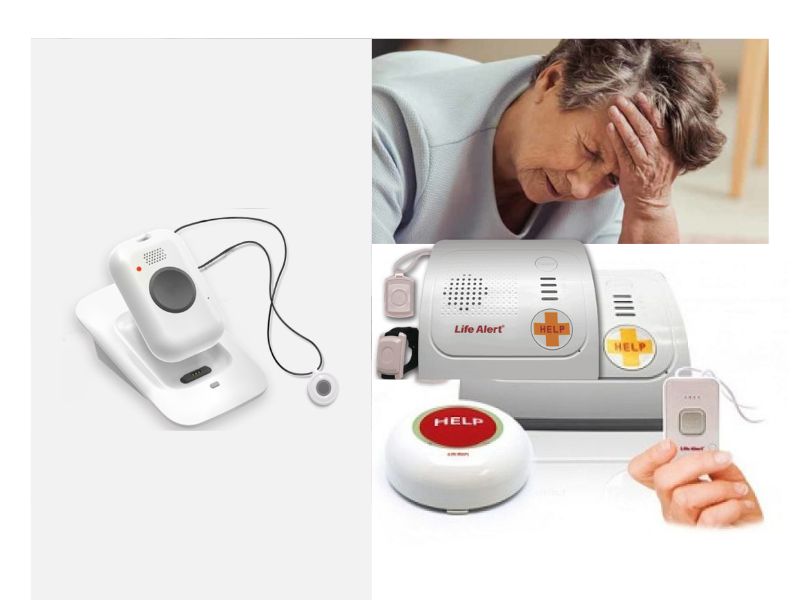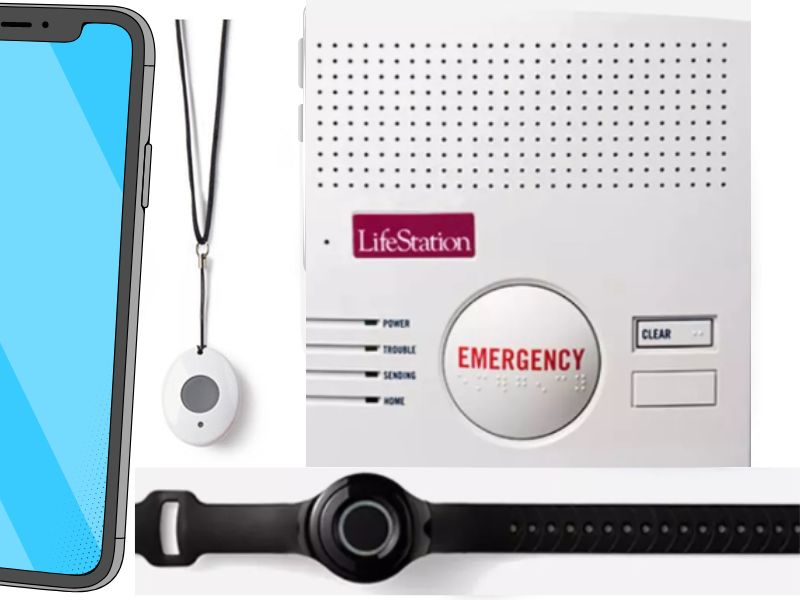At some point in life, we may need a medical alert system for ourselves or our loved ones. When it comes to individuals with respiratory conditions, a medical alert system can be a lifesaver. Respiratory conditions such as asthma, chronic obstructive pulmonary disease (COPD), emphysema, and bronchitis can cause breathing difficulties, which can be life-threatening if not managed quickly.
Learn the medical alert systems for people with respiratory conditions and how they can help save lives.

What are Medical Alert Systems?
A medical alert system is a device that helps people in emergencies by connecting them with emergency medical services or caregivers. The system consists of a base unit and a wearable device that can be worn around the neck or wrist or attached to clothing. The wearable device has a panic button that can be pressed in an emergency. Once the button is pressed, the device sends a signal to the base unit, alerting emergency services or caregivers.
Types of Medical Alert Systems
There are two types of medical alert systems: monitored and unmonitored. A monitored system connects the wearer with a call center, where trained operators are available 24/7 to answer calls and dispatch emergency services or caregivers. On the other hand, an unmonitored system sends alerts to pre-programmed numbers or contacts, such as family members or friends.
Monitored Medical Alert Systems for People with Respiratory Conditions
A monitored medical alert system can be a lifesaver for people with respiratory conditions. In an emergency, the wearer can press the panic button on the wearable device, and the call center will dispatch emergency services or caregivers. The call center operator can also provide emergency management instructions until help arrives.
The Philips Lifeline is one of the most popular monitored medical alert systems for people with respiratory conditions. The Philips Lifeline has a fall detection feature that can detect when the wearer falls and automatically call for help. The system also has a built-in cellular connection, so it can work even if the wearer does not have a landline or internet connection.

Unmonitored Medical Alert Systems for People with Respiratory Conditions
Unmonitored medical alert systems can be an excellent option for people who do not want to pay monthly fees for monitoring services. These systems are often less expensive than monitored systems but do not have the same level of support in an emergency.
One popular unmonitored medical alert system is the MobileHelp Solo. The MobileHelp Solo is a wearable device that connects to a cellular network and can send alerts to pre-programmed contacts in an emergency. The device also has a GPS feature that can track the wearer’s location, which can be useful if the wearer gets lost or disoriented.
Factors to Consider When Choosing a Medical Alert System
When choosing a medical alert system, there are several factors to consider, such as:
- Monitoring services: Do you want a monitored or unmonitored system? Monitored systems provide more support in an emergency but are more expensive.
- Fall detection: Does the system have fall detection? This feature can be useful for people who are at risk of falling.
- GPS tracking: Does the system have GPS tracking? This feature can be useful for people who risk getting lost or disoriented.
- Battery life: How long does the device’s battery last? Longer battery life means less frequent charging.
- Range: What is the range of the device? Ensure the device has a range covering the areas where the wearer spends most of their time.
Conclusion
Medical alert systems can be valuable for individuals with respiratory conditions who want to maintain their independence and safety. These systems can provide peace of mind for the user and their loved ones, knowing that help is just a button press away in an emergency.

When choosing a medical alert system, it is important to consider the specific needs of the individual and select a system compatible with their medical condition. Look for a system that offers 24/7 monitoring, two-way communication, fall detection, GPS tracking, and other features that can help ensure the safety and well-being of the user.
Remember that medical alert systems do not substitute medical care or emergency services. They are designed to provide additional support and assistance in an emergency. Always consult with a healthcare provider before using any medical alert system, and be sure to educate yourself on how to use the system properly to benefit from it most.
If you or a loved one has a respiratory condition, consider investing in a medical alert system to help ensure safety and peace of mind. With the right system in place, you can enjoy the freedom and independence you deserve while still having access to the help you need in case of an emergency.
